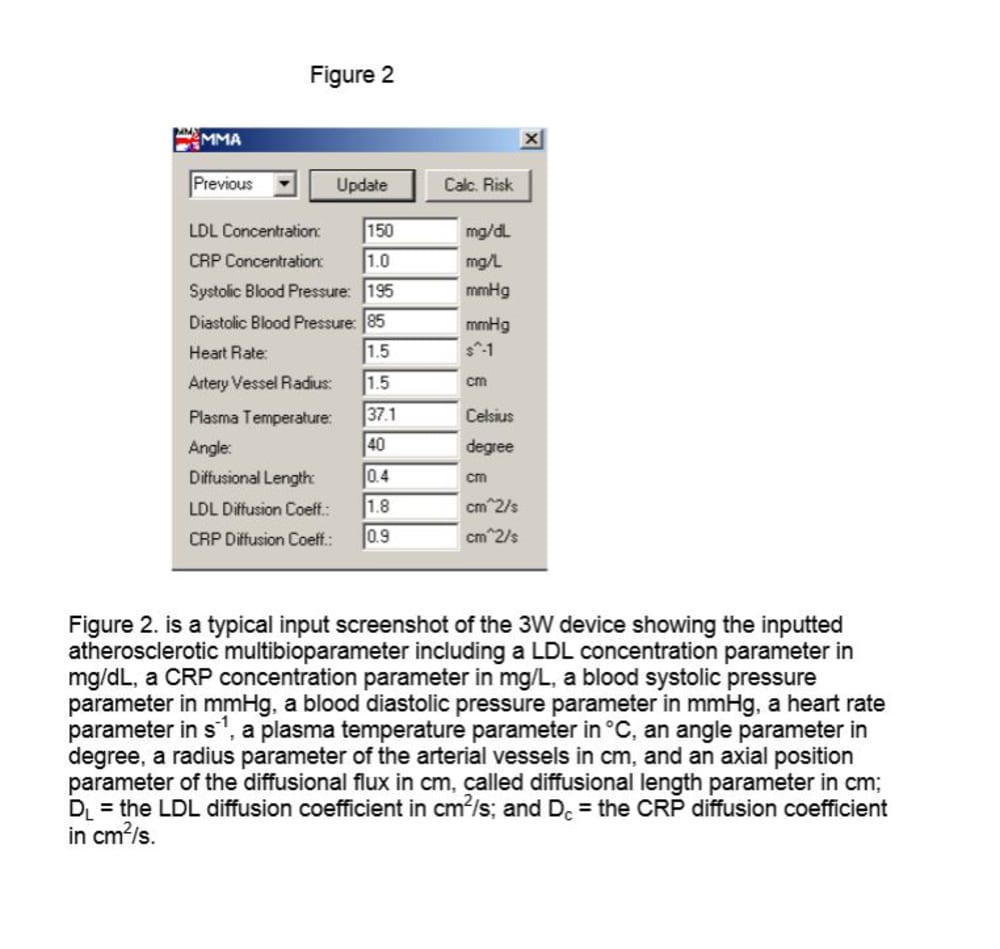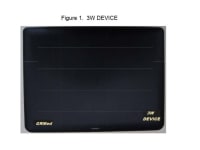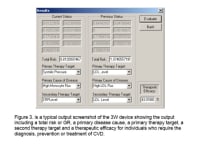
Problem: Atherosclerotic cardiovascular disease (CVD) such as heart attack and stroke causes over 17 million deaths annually and is the number one and most costly killer worldwide. Nearly one half of CVD victims who are apparently healthy die suddenly without prior symptoms. A central player in this disease still remains a mystery to medical science. Efficient method for the detection, prevention and treatment of CVD is urgently needed.
Solution: Major clinical and pathological evidences suggest that the Low-density lipoprotein (LDL) and monocyte accumulations in subendotheliums of lesion-prone sites such as arterial branches and bifurcations have essential functions in all phases of atherosclerotic disease. Existing methods, such as measuring atherosclerotic risk factors like elevated blood pressure, LDL and glucose levels, are unable to target the accumulations, which results in significantly limiting efficacy of the methods. Based on these evidences, we developed multidisciplinary analysis models to focus on atherogenic accumulations by means of conservation principles of mass, momentum and energy. The models revealed that the mass transfer flux of LDL and monocytes in the human blood to the endothelium of the sites was a central player in atherosclerotic disease. We designate this as a global CVD risk (GR), since the flux or GR unites the contributions of various risk factors to CVD. Based on these findings, we create a multibioparameter method for quantitatively evaluating individual’s GR level, disease cause, therapeutic target and efficacy, called GRMed. This innovative method has been written as a computer program named MMA to configure a general purpose computer named 3W device to accomplish GRMed, as shown in the Figures 1-3. The 3W device comprising main steps to accomplish GRMed is presented in the illustrate 1. Detailed information of this invention presented in the U.S., Australian, Japanese or Russian patents, etc.
Verify: The results given by GRMed are strongly supported by primary clinic results, for example, a new-combined inflammation and cholesterol screening method that is covered by GRMed (see illustrate 2) for one million individuals could avoid 2,018 heart attacks and 1,848 strokes, resulting in $180.6 million in cost savings over five years, compared to outcomes if traditional methods were used. This study presented at ISPOR 19th Annual Meeting in Quebec, Canada, May 31-June 4, 2014. The latest clinic results predict that GRMed could avoid thousands of heart attacks and strokes and save billions of dollars in healthcare costs. Several international randomized trials also verified that the therapeutic drugs designed by our models could reduce the risks of CVD by 50-80 %.
Manufacturability: Manufacturing the 3W device through configured a general purpose computer using the innovative program MMA is easy, simple, low-cost and convenience, as shown above.
Marketability: The illustrates 1-3 disclosed that the 3W device or GRMed is non-invasive, safer, efficient, unique, easily practice, cost-effective, long lasting, reproducible and it can be widely applicable to millions of individuals who require the diagnosis, prevention or treatment of CVD, especially in an asymptomatic population.
Purpose: GRMed helps to save lives, free to CVD and reduce healthcare costs.
-
Awards
-
 2014 Top 100 Entries
2014 Top 100 Entries
Like this entry?
-
About the Entrant
- Name:Xing Wang
- Type of entry:teamTeam members:Harris H. Wang, PhD in Biophysics
- Software used for this entry:yes
- Patent status:patented








